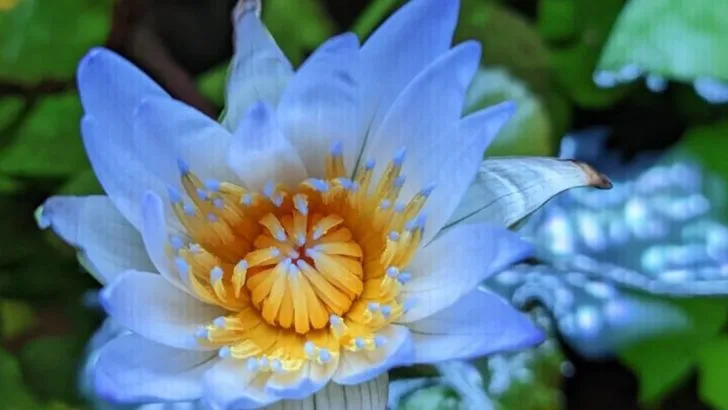Not all flowers are early risers—but some wake up right when you do. These 18 blooms follow a fascinating daily rhythm, closing their petals at night like they’re tucking themselves into bed, only to open again with the morning light as if greeting you with a smile.
It’s a beautiful bit of garden magic most people don’t even notice—until they do. Whether you’re planting a backyard oasis, tending to a sunny balcony, or just curious about your garden’s “sleep schedule,” these flowers bring movement, charm, and even a little emotion to your space.
From classic garden favorites to unexpected bloomers, these plants aren’t just pretty—they’re performers. If you’ve ever wanted flowers that feel alive, like they’re keeping you company from sunrise to sunset, this list is for you. Let’s meet the blooms that follow the sun just as faithfully as you do.
Morning Glory
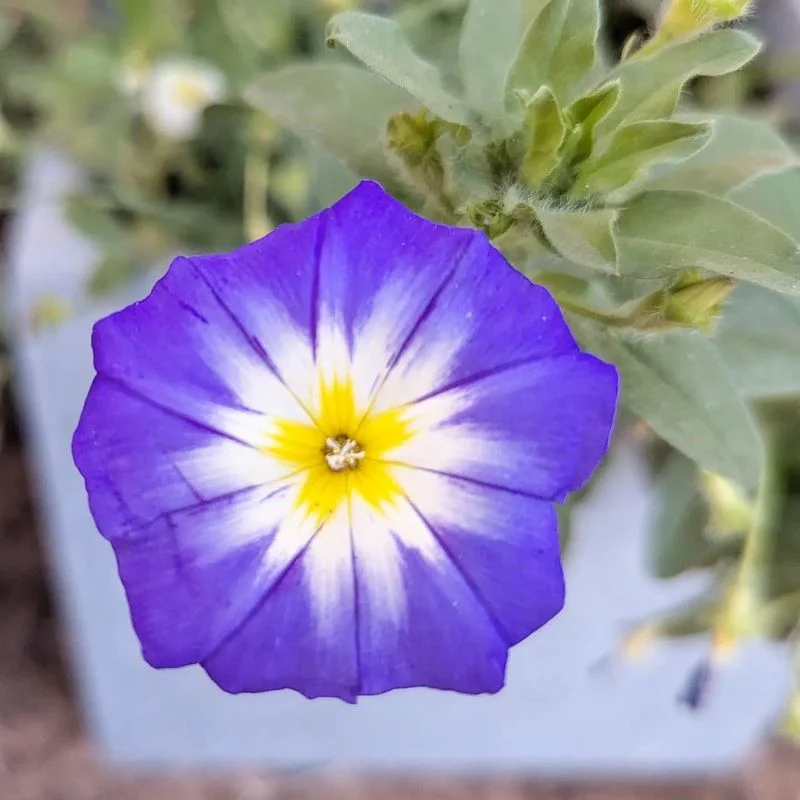
Morning Glory is a flower that takes center stage with the sunrise. Its trumpet-shaped blossoms, often in hues of blue and purple, unfurl with the dawn, creating a vivid spectacle. These flowers are not just a visual treat; they’re a symbol of renewal and new beginnings. Imagine a garden where every morning greets you with a fresh burst of color. Known for their rapid growth, Morning Glories are perfect for covering trellises and fences, turning ordinary structures into vibrant displays. A garden with Morning Glories is like a daily art show curated by nature itself.
Four O’Clock
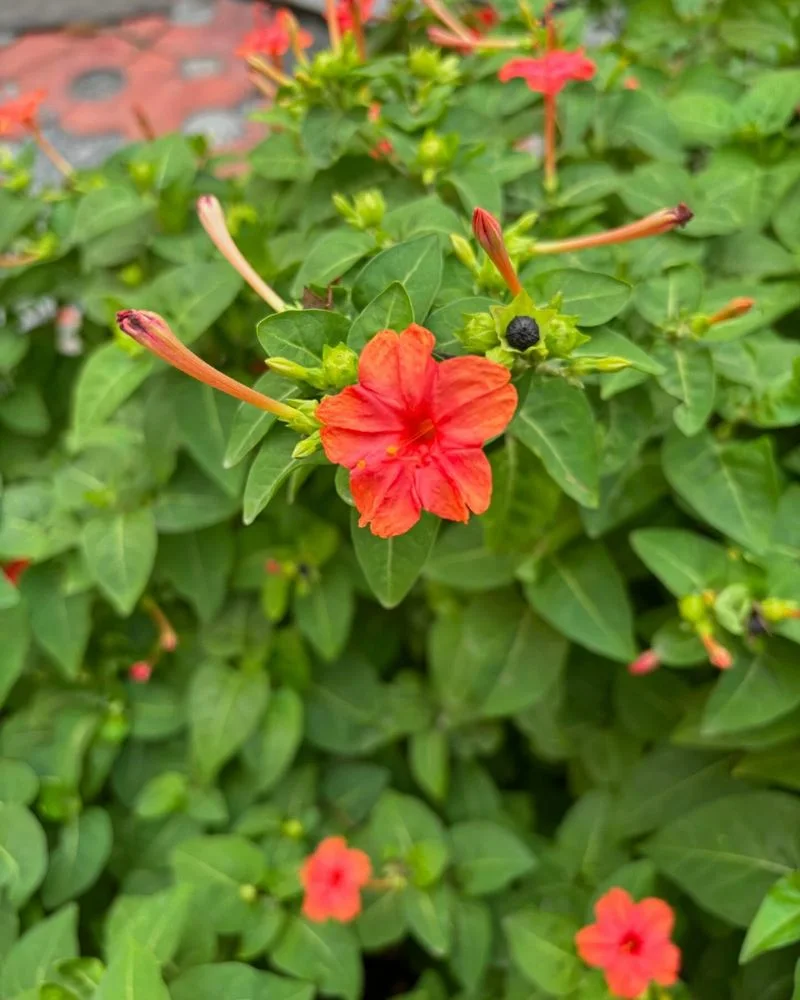
Four O’Clock flowers offer an afternoon surprise, opening in the late afternoon and remaining vibrant throughout the evening. With colors ranging from pink to yellow and white, they bring life to any garden as the day winds down. These flowers are named for their unique blooming schedule, and they thrive in sunny spots with well-drained soil. Their intoxicating fragrance is a bonus, especially in the cool of the evening. Originating from South America, Four O’Clocks adapt easily, making them a delightful addition to various landscapes. Their presence is both a visual and aromatic delight.
Oxalis

Oxalis, often known as wood sorrel, charms with its delicate appearance and night-closing habit. These flowers, adorning shades of pink and purple, close their petals as night descends. They are a gardener’s delight, requiring minimal care while offering a splash of color. Oxalis is also known for its trifoliate leaf pattern, reminiscent of clover, adding texture alongside its visual appeal. This plant thrives in both indoor and outdoor settings, making it versatile. Incorporate Oxalis into your plant collection for a touch of whimsy and effortless beauty.
Evening Primrose
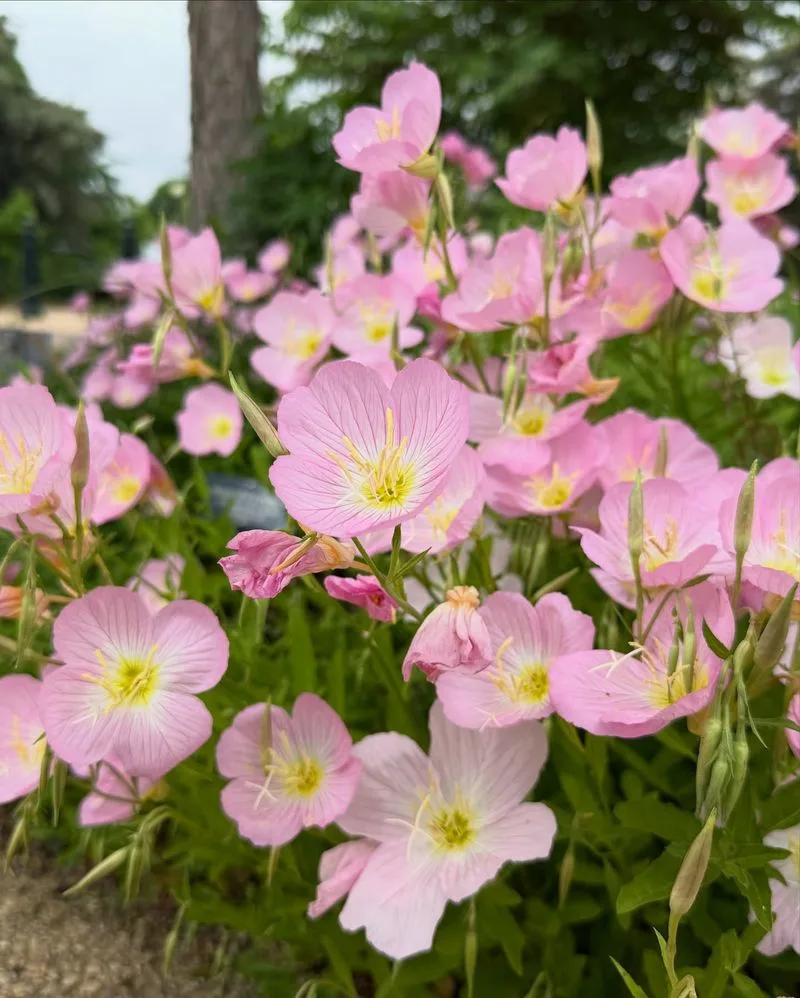
Evening Primrose is a beacon in the twilight, unfurling its yellow blooms as the sun sets. This flower’s nocturnal nature draws nighttime pollinators like moths, adding another layer to its ecological importance. Often found in wild meadows, these flowers are resilient and forgiving, thriving in various soil conditions. Evening Primrose is not just a feast for the eyes, but its seeds are known to produce oil rich in gamma-linolenic acid, beneficial for health. Embrace the evening magic with this captivating bloom that bridges the day to night.
Moonflower
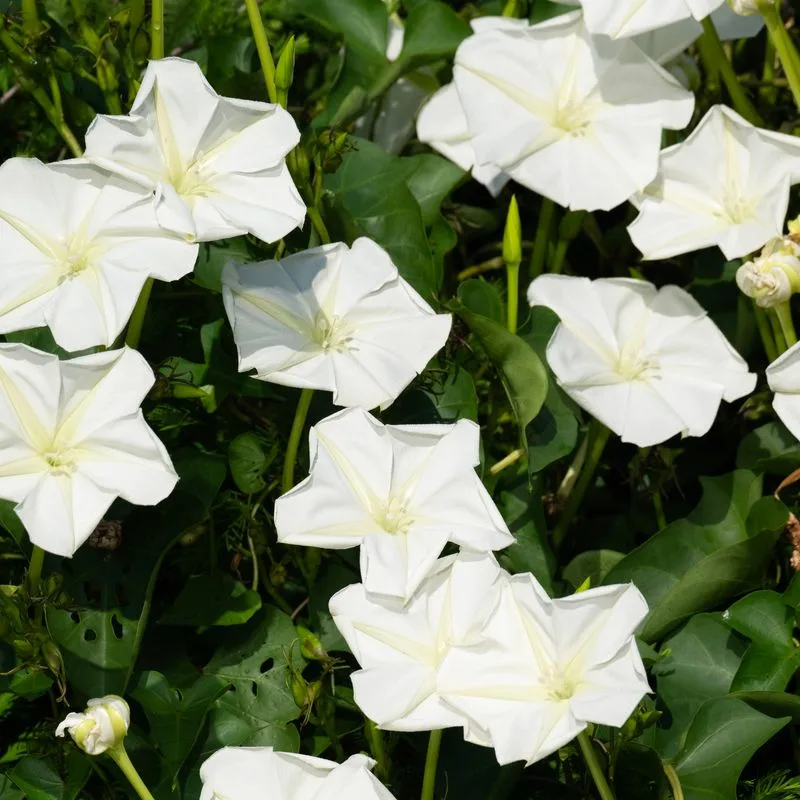
Moonflowers embrace the night with elegance, their large white blooms opening to greet the moonlight. This nocturnal beauty captivates with its enchanting glow and intoxicating fragrance, perfect for a moonlit garden. As a relative of the Morning Glory, it shares the same vigorous growth, making it ideal for climbing structures. The Moonflower is a favorite among night-pollinating insects, adding a dynamic ecosystem around your garden. These flowers are a testament to nature’s ability to create beauty in the quiet hours, offering a serene, magical atmosphere.
Tuberose

Tuberose is renowned for its powerful fragrance, releasing its scent as the sun sets. These white, tubular flowers are not just visually appealing but have a scent that perfumes the night air. Often used in perfumes, tuberose adds a romantic aura to gardens, especially in moonlit settings. Native to Mexico, they thrive in warm climates and well-drained soil. Tuberose embodies a sensory experience, where the beauty of the blossoms is matched by their aromatic presence. Plant them where you can enjoy their scent, transforming your garden into a fragrant retreat.
Lotus
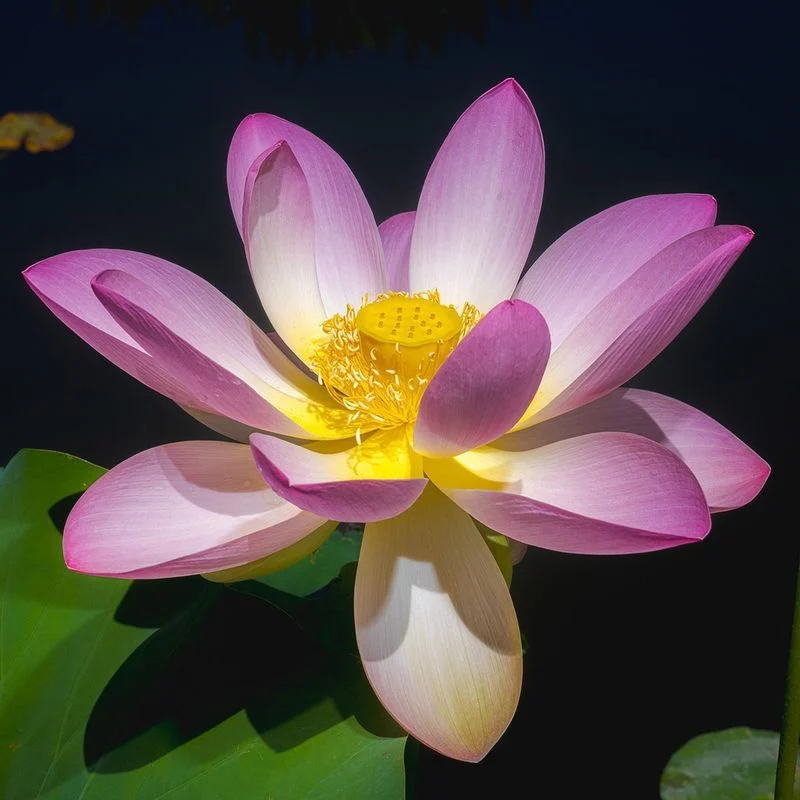
The Lotus is a symbol of purity and enlightenment, closing its petals as night approaches. These aquatic plants are a marvel, with their roots anchored in the mud and blossoms floating gracefully on water. Witnessing a lotus close for the night is witnessing nature’s poetry in motion. This flower’s life cycle is a reflection of resilience and beauty, thriving in murky waters yet producing pristine blooms. Incorporating lotus into a water garden invites tranquility and a connection to natural cycles, offering a meditative presence to any space.
Nicotiana

Nicotiana, or flowering tobacco, enchants with its fragrant blossoms that close as the night deepens. These tubular flowers are an evening delight, often white or pale green, and emit a sweet scent that attracts nighttime pollinators. Suitable for borders or containers, Nicotiana adds elegance to garden spaces. Its easy cultivation and delightful aroma make it a gardener’s favorite. Originating from South America, this plant’s evening performance is a nightly spectacle, providing both visual and olfactory pleasure. Nicotiana is a perfect blend of beauty and utility.
California Poppy
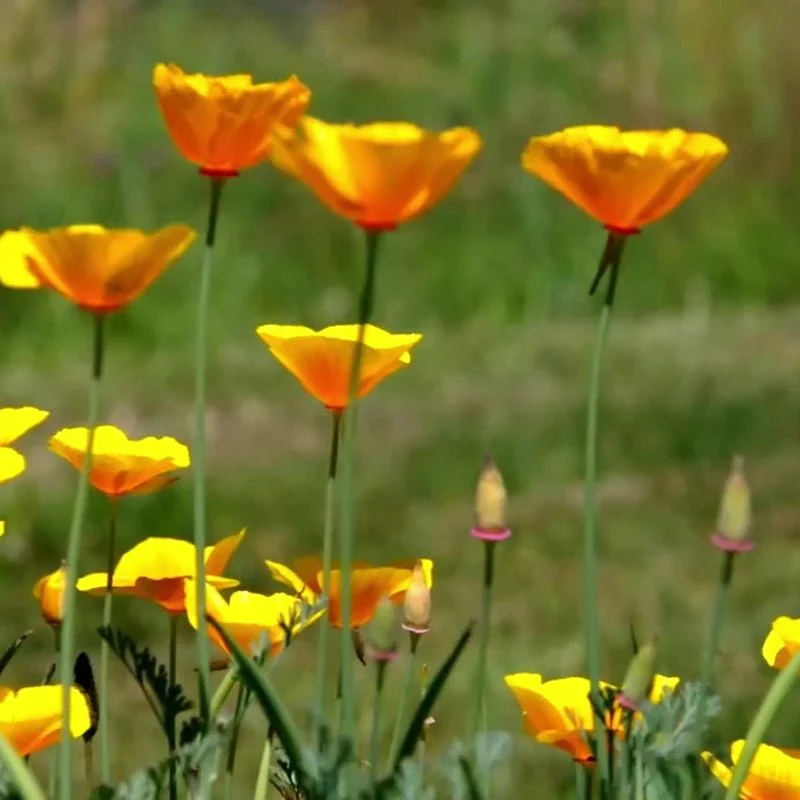
California Poppy is a burst of sunshine in floral form, with bright orange and yellow blooms that close with the fading light. These flowers are drought-tolerant and thrive in full sun, making them ideal for low-maintenance gardens. Beyond their beauty, California Poppies are also valued for their medicinal properties, including calming effects. The state flower of California, they bring a touch of the West Coast to any landscape. Their nightly closure is a gentle reminder of the day’s end, adding rhythm and resilience to the garden.
Water Lily
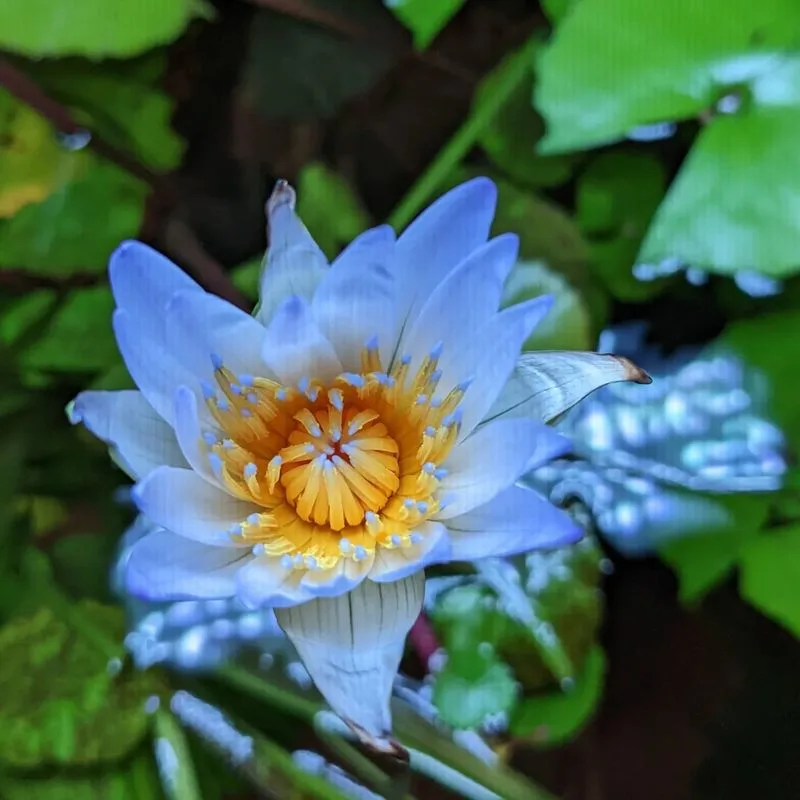
Water Lilies transform ponds into ethereal landscapes, closing their blooms with the setting sun. These aquatic plants are not only a feast for the eyes but also integral to pond ecosystems, providing habitat and shade for aquatic life. Available in a spectrum of colors, they add a dynamic element to water gardens. Water Lilies are a testament to nature’s balance, offering beauty and ecological benefits in equal measure. Their graceful closure at night is like nature pulling a curtain on the day’s performance, leaving an air of anticipation for morning.
Mimosa Pudica
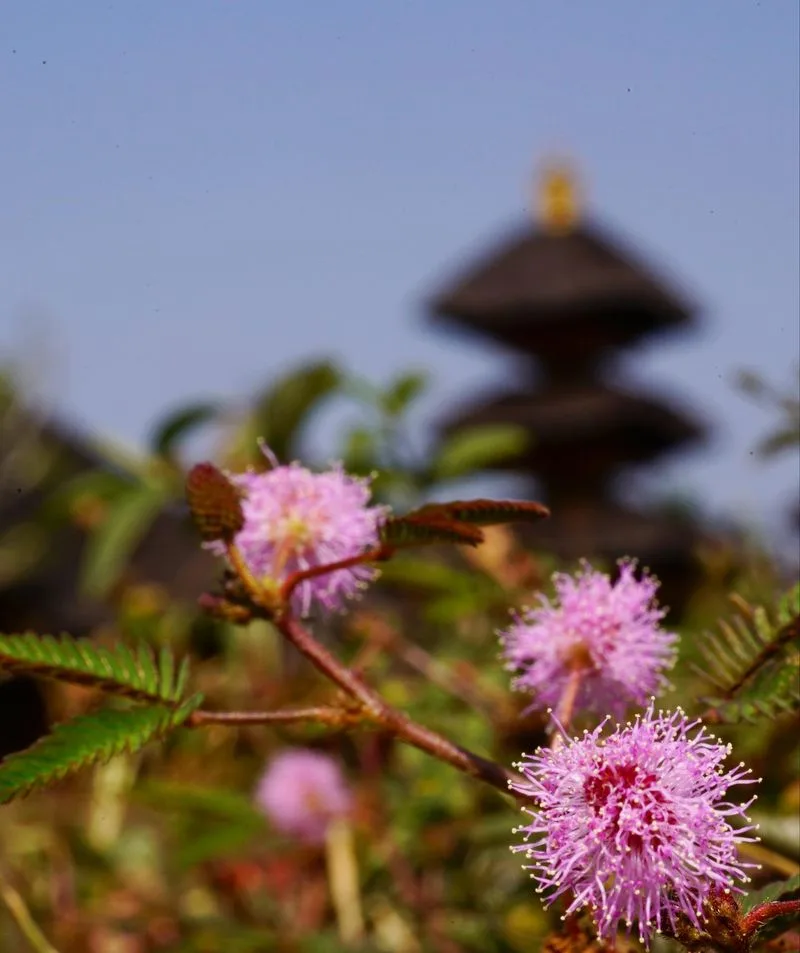
Mimosa Pudica, known as the sensitive plant, is a wonder of nature that responds to touch by folding its leaves. This unique characteristic extends to its flowers, which close with the onset of night. The plant’s responsive nature captivates both children and adults alike, providing interactive delight in gardens. Native to South and Central America, Mimosa Pudica thrives in warm, humid environments. Its delicate pink flowers and fern-like leaves add texture and intrigue. This plant’s night-closing habit is just one part of its fascinating personality.
Gazania
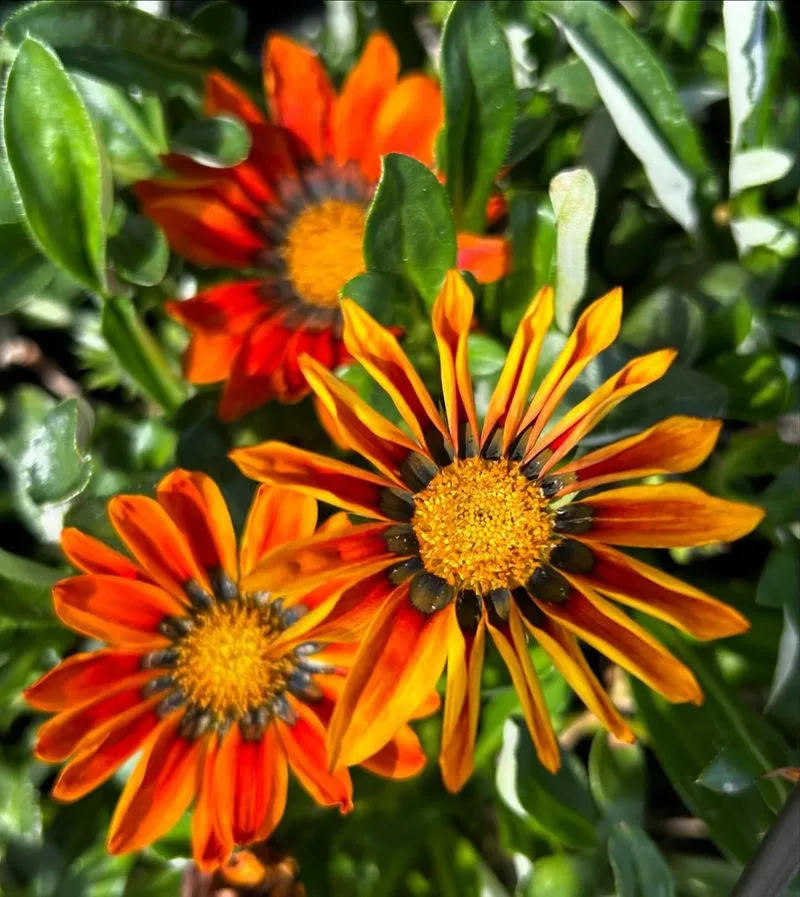
Gazania brings a splash of bold color with its daisy-like flowers that close at night. These sun-loving blooms thrive in hot, dry conditions and are perfect for rock gardens or borders. Known for their vivid shades and unique patterns, Gazanias attract pollinators by day and rest by night. They are easy to grow and maintain, making them a favorite for gardeners seeking low-care plants with high impact. The rhythmic opening and closing of Gazania flowers reflect the sunny climates they love, offering a dynamic and ever-changing garden display.
Portulaca
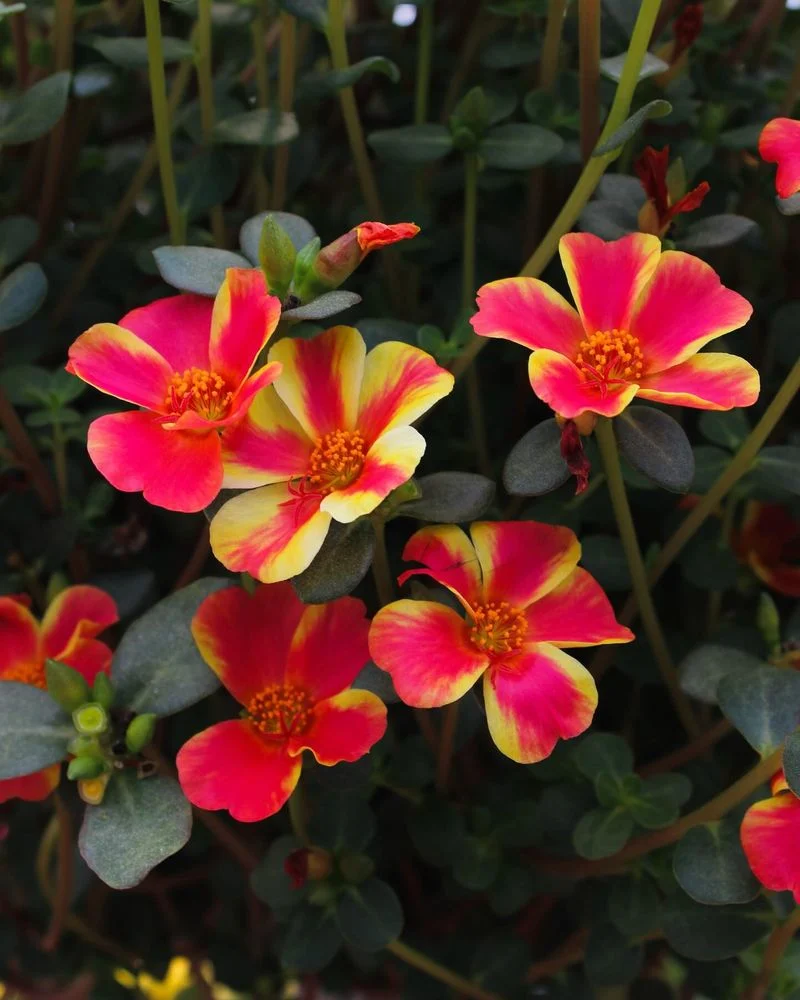
Portulaca, or moss rose, is a resilient groundcover known for its vibrant, multi-colored blooms that close as night approaches. These flowers are sun worshippers, opening in bright light and closing when it fades. Portulaca thrives in poor soil conditions and requires minimal water, making it ideal for tough spots in the garden. Its succulent-like foliage adds texture and interest, complementing the vivid floral display. Perfect for adding color to rock gardens or containers, Portulaca transforms with the light, offering a dynamic display from dawn to dusk.
Blue-eyed Grass
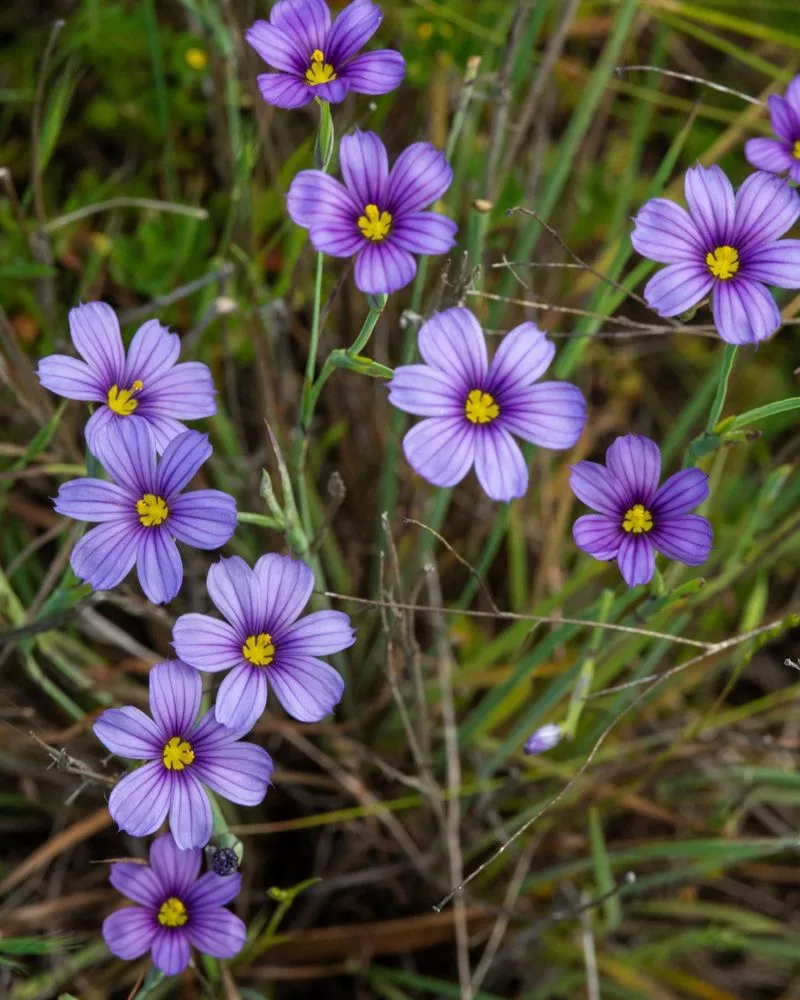
Although not a true grass, Blue-eyed Grass graces gardens with its star-shaped flowers that close as shadows lengthen. These charming blooms, often in shades of blue or violet, add a delicate touch to meadows and borders. Blue-eyed Grass is easy to care for, requiring well-drained soil and a sunny spot. Its grass-like foliage provides a unique texture, blending seamlessly with other plants. A native of North America, it attracts beneficial insects, enhancing garden biodiversity. The nightly closure of its flowers underscores a natural rhythm, marking the day’s gentle end.
Poppy Mallow
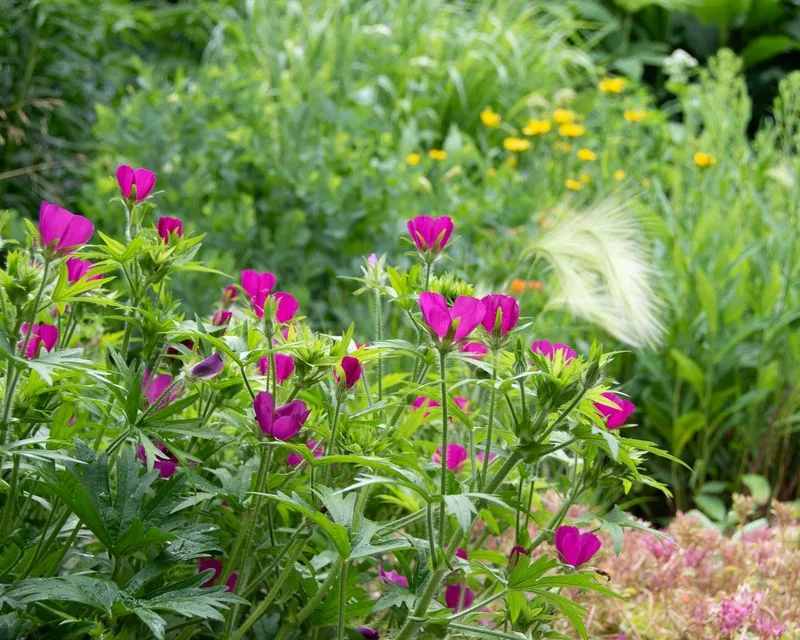
Poppy Mallow, with its vibrant magenta blooms, brings a splash of color to gardens, closing as evening descends. This perennial is drought-tolerant and thrives in full sun, making it an excellent choice for xeriscaping. Poppy Mallow’s deep taproot allows it to withstand dry conditions while offering a long blooming season. Native to the central United States, its resilient nature makes it a valued addition to eco-friendly gardens. The closing of its flowers at night is a gentle nod to the plant’s adaptation to its environment, offering beauty with sustainability.
Nemophila
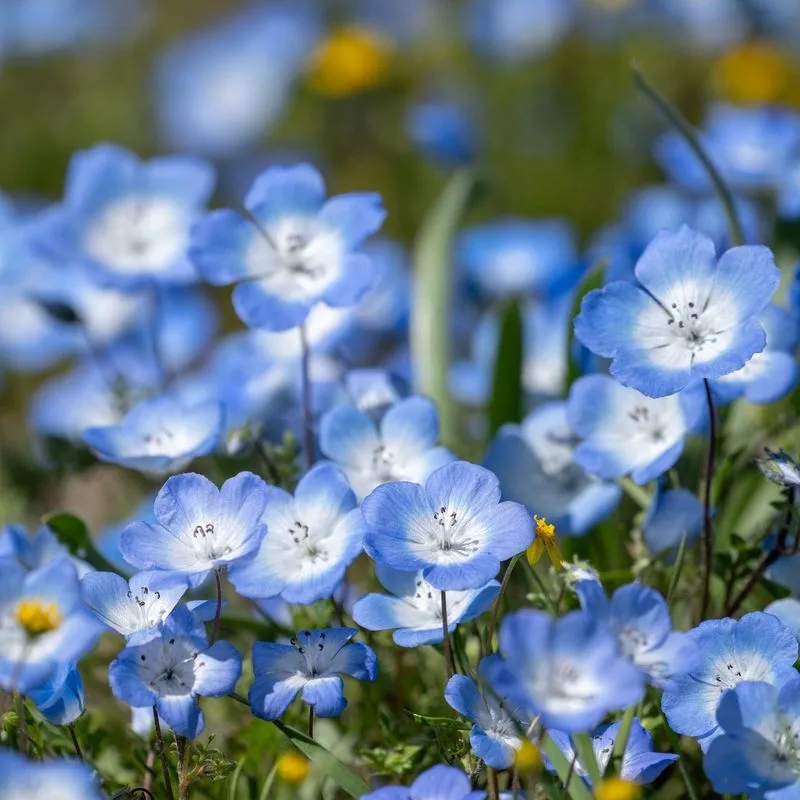
Nemophila, delightfully known as baby blue eyes, is a charming annual with blooms that close as daylight fades. These flowers, typically blue with white centers, create a carpet of color ideal for borders or containers. Nemophila is easy to grow, preferring cool, moist conditions and partial shade. Its delicate, fern-like foliage complements the soft flowers, adding texture and interest. Native to North America, it provides early-season color, attracting pollinators to the garden. The gentle closure of its blooms at night is a serene end to their daily display.
Primula

Primula, or primrose, brightens gardens with its array of colors, closing its delicate blooms as night falls. These perennial favorites are perfect for woodland gardens, thriving in cool, moist environments. Primula flowers herald the arrival of spring, offering a cheerful display after winter’s gloom. They are easy to care for, requiring minimal maintenance while providing a long blooming season. Native to temperate regions, Primula attracts early pollinators, supporting garden ecosystems. The night closure of its flowers is a graceful way to conclude their vibrant daily performance.

